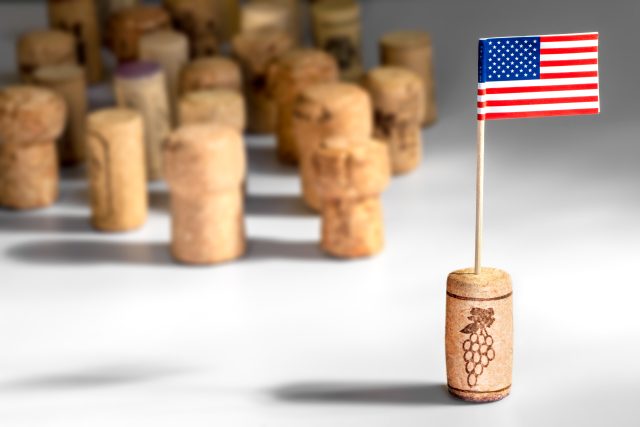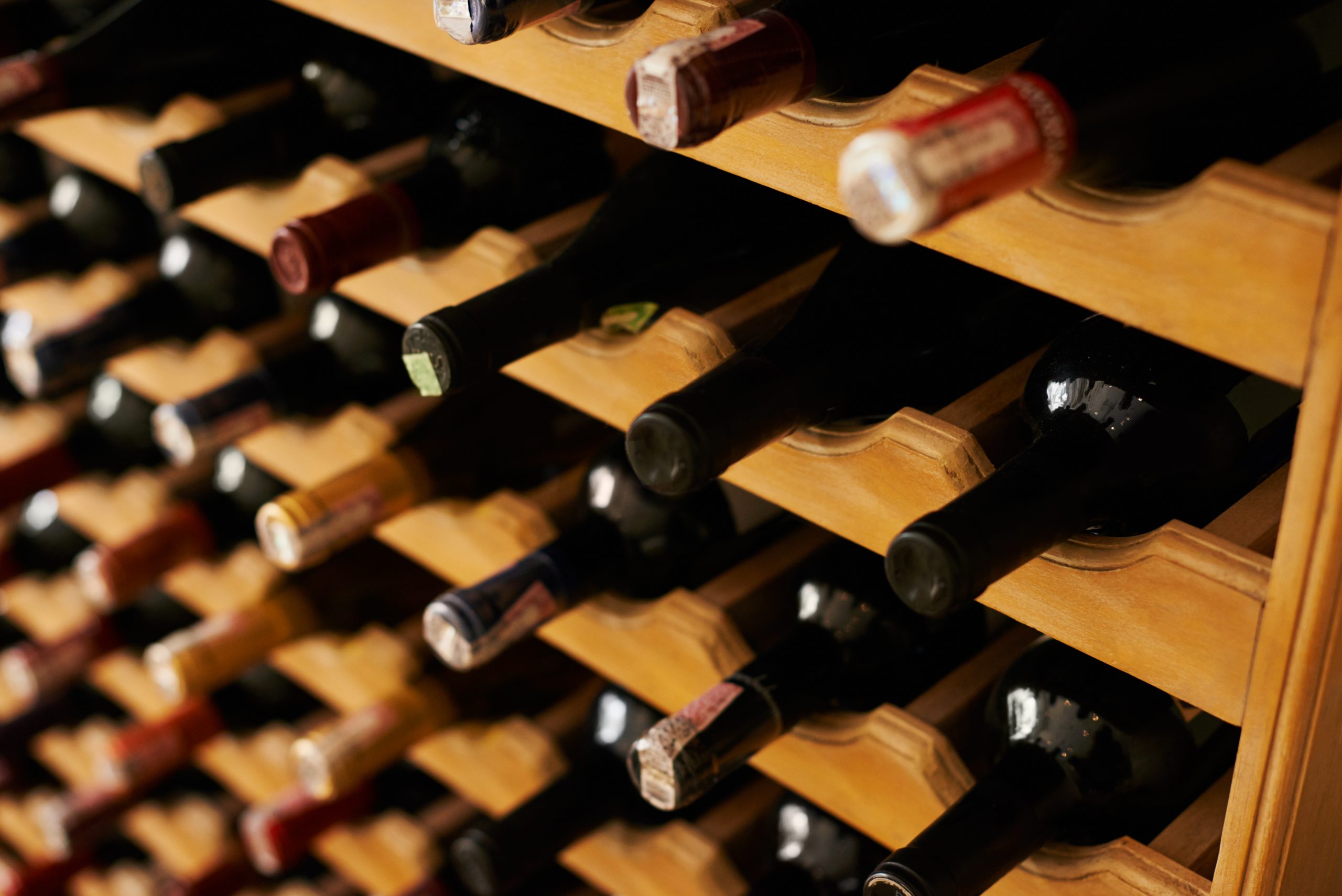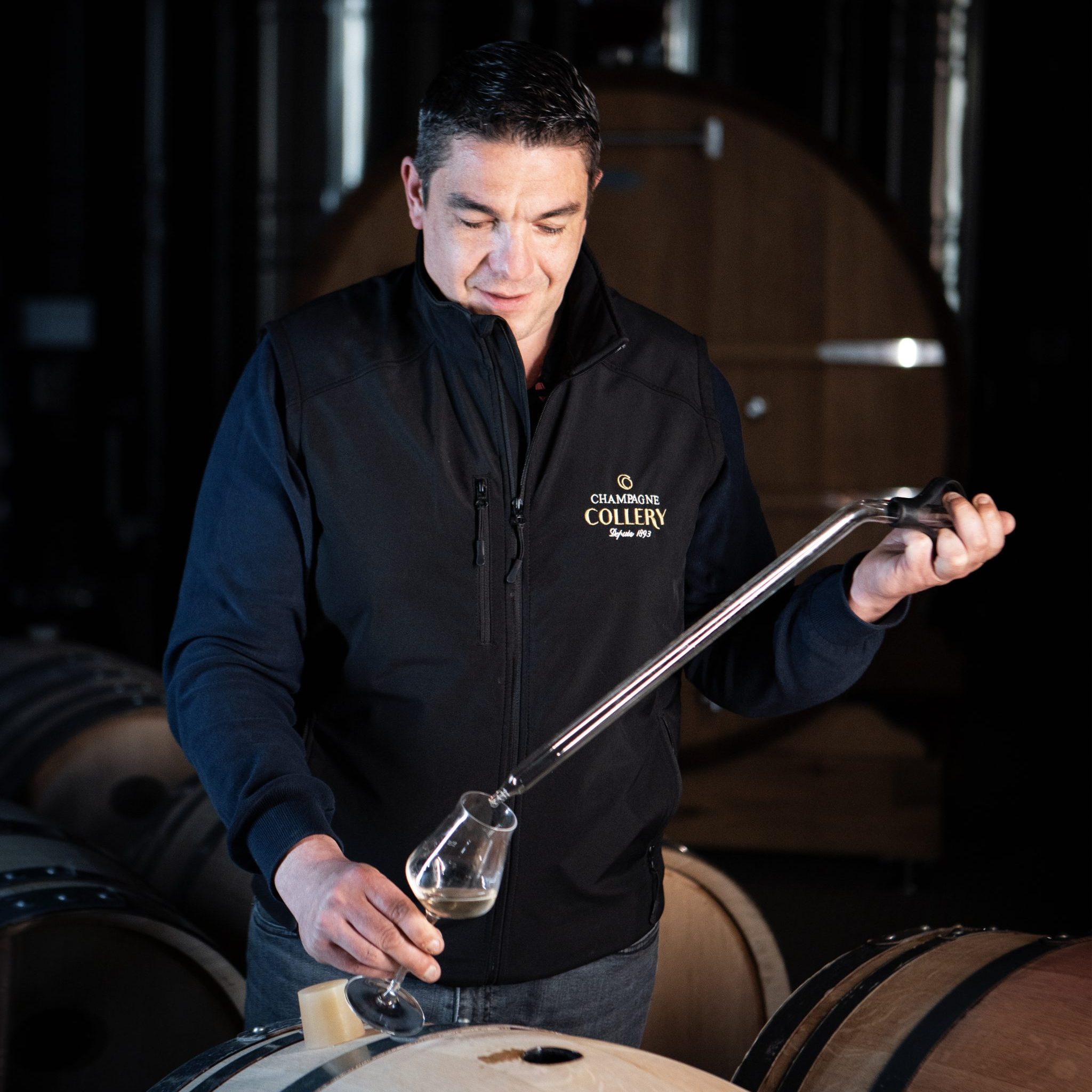This website uses cookies so that we can provide you with the best user experience possible. Cookie information is stored in your browser and performs functions such as recognising you when you return to our website and helping our team to understand which sections of the website you find most interesting and useful.
US wine sales continue to decline
By Roger MorrisThe annual Silicon Valley Bank’s wine industry report reveals “near 0% value growth” and warns that “flash sales” and “increased discounts” will become more commonplace in the US.

American wine sales are predicted to continue their slow decline during 2024, although tasting room visits and DTC sales are expected to slightly increase during the year, as will premium wine sales, according to the 23rd annual Silicon Valley Bank wine industry report released on Thursday 18 January.
Preliminary 2023 year-end estimates show a decline in wine volume sales of 2%-4%, and final value sales figures for last year are expected to “hover near 0% growth,” the report says, although adding, “Total premium wine sales by value will improve in 2024.”
A continuing healthy American economy is key to those predictions, says the report’s author, Robb McMillan, EVP and founder of the SVB Wine, who predicts that “the economy will unlikely enter a recession in 2024.”
Both included in the report and mentioned in a Thursday webinar viewed by members of the international wine trade, McMillan expressed the most concern with elevated US wholesale inventories.
“Wholesalers are full up, as far as they can go,” he says, which is making them “more picky” in what they buy from wine producers. Wholesalers “are more afraid of being stuck with inventory that they may have to discount,” McMillan says, than they are with inflation and “the costs of carrying inventory.”
According to the report, although inventories had declined slightly from May 2023 highs, they remained at 1.61 x sales near year’s end.
“The ideal inventory-to-sales ratio through all sales channels should be 1.0 x in a flat volume growth scenario,” the report says, “but even lower in the current negative growth environment we inhabit today.”
Partner Content
Over-production
Another concern the report cited was continued over-production in two of the three major wine states – California and Washington – even though sales have declined for three years.
Oregon production was assessed to be “in balance with demand.”
This continuing over-supply is expected to be especially damaging to larger, high-volume producers. “When will we see a market correction for grapes and bulk wine in grapes intended for lower-priced wine?” the report asks, then answers, “It’s likely to happen in 2024.”
Flexible pricing is seen as having “some resilience” for the present, especially in premium wines, but the report warns that “flash sales and increased discounts” are likely in the offing in the near future.
McMillan cites a possible approach to the continuing sales decline in his introduction – more industry cooperation and less in-fighting for share of a declining market.
“Most people believe that Darwin said evolution and natural selection were processes influenced by the survival of the fittest,” he writes. “That’s not true. Darwin said that those species which survive external pressure are ‘those most adaptable to change.’ That is a hint at what we need to do.”
The SVB report combines proprietary and sourced research to review the previous year’s wine industry performance and to make a series of predictions for the coming year. It also offers insights to various segments of the business, particularly tasting room and DTC performance.
A survey released by SVB last year highlighted that Napa prices had rocked to an average of US$108 per bottle, and that US wineries had become “over-dependent” on tasting rooms. As a result, the report said, wine producers should look to open a second tasting room in a satellite area away from their winery to capitalise on tasting room sales.
Related news
Stephen Henschke wins Winemakers’ Winemaker award 2025





